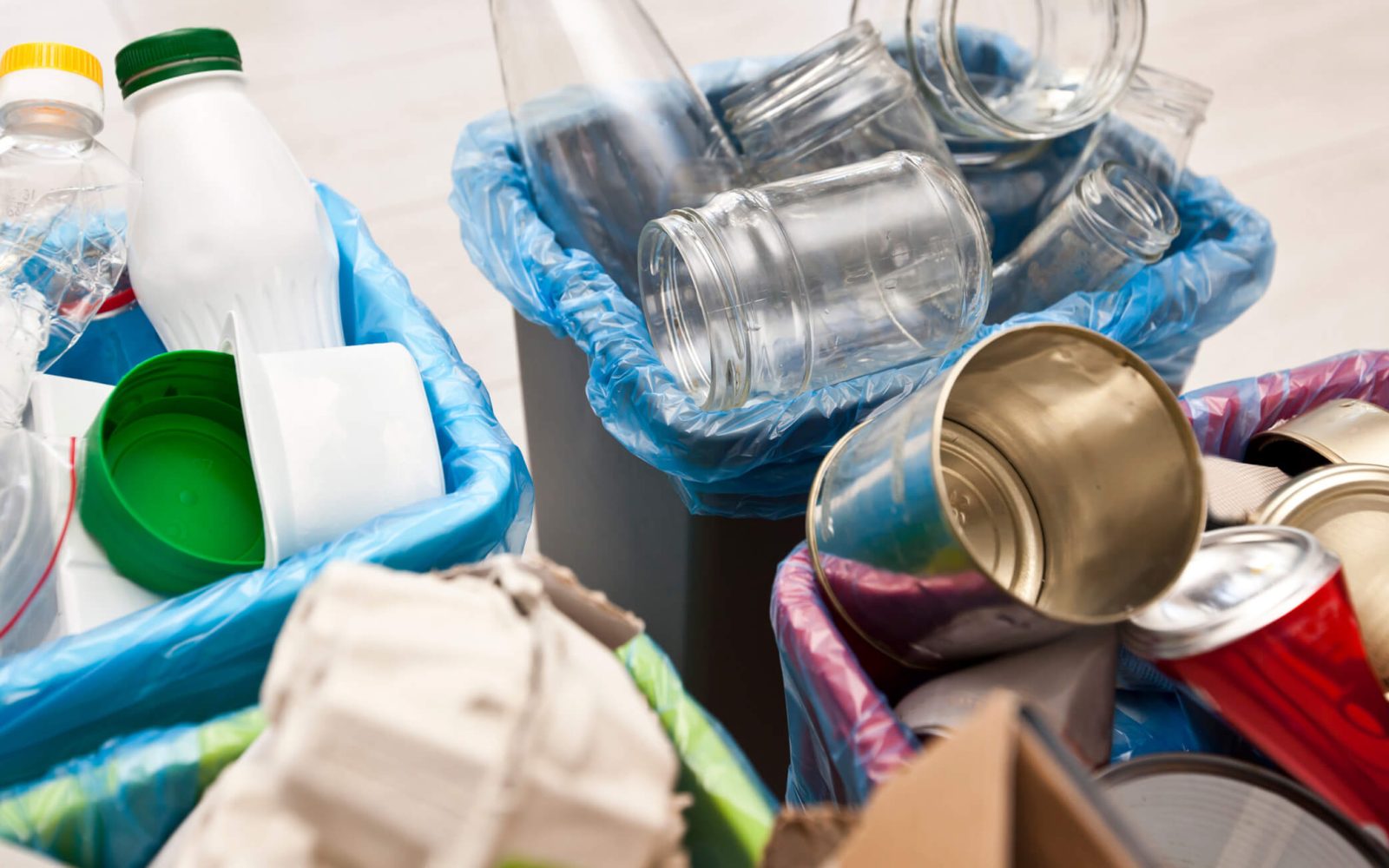
Packaging material
recycling
Each package forges its own path
Packaging materials are diverse, so there are also different practices and requirements concerning their collection, processing and recycling. But with the right information and attitude, your packaging can be recycled sustainably too.

Cardboard and paperboard packaging
Commercial and industrial fiber packaging is collected for recycling directly from the premises when the business operator contracts with an environmental company for the collection of commercial waste.
Corrugated cardboard, cardboard, paper and liquid cardboard packaging – as well as industrial fibre packaging – are raw materials that can be recycled after use, and from which e.g. core board, laminate and other specialty papers, cardboards, and cardboard packaging are manufactured.
Paper and cardboard packaging includes paperboard, cardboard, liquid cardboard, thick or corrugated cardboard, or any combination of materials containing more than 50% of paper fibre by weight. They can also be referred to as fibre packaging or paper fibre packaging.

Glass packaging
Glass can be recycled infinitely to make new packaging without losing its quality or purity. Using recycled glass saves raw materials such as limestone, quartz sand and soda. The use of recycled glass cullet as a raw material saves energy in the manufacturing process and causes minimal material waste. Recycling the packaging into new packaging should always be the primary aim, in which case the raw material remains in circulation.
Recycled glass can be used to make new glass packaging, glass wool and foam glass. There is no longer any production of glass packaging in Finland, so some of the cullet is sent to other European countries as raw material for packaging. The recycling rate of non-refillable glass packaging in Finland was around 92% in 2021.

Metal packaging
Businesses generate metal packaging waste during, for example, the production process, in restaurants and hotel operations, and during product transport. Metal is a material that can be circulated forever. When metal packaging waste is recycled, it is re-used by the metal industry and transformed into new metal products. Metal packaging is an ecological and economical alternative.
A large proportion of companies’ metal packaging can be reused or, if necessary, refurbished for reuse. These include commerical roll containers, draught beer kegs, barrels, containers and gas cyllinders. They are only sent for metal recycling when they can no longer be refurbished for use.

Plastic packaging
Plastic is a valuable raw material, and it can be put to use as a raw material for new products.
Recycling plastic packaging is important, because using recycled plastic conserves both energy and natural resources. After a sorting and washing process, plastic packaging is used to produce raw material (granulate), which is used by the plastics industry as raw material for new plastic products.
There are many different types of plastic packaging, which are designed according to their intended use. For this reason, they are also more challenging to recycle than other packaging types. Plastic packaging recycling has expanded in recent years. In Finland, there is a recycling plant for consumer plastic packaging in Riihimäki. There are also several plastic recycling facilities for business needs in various parts of the country. As capacity is still limited in Finland, some consumer packaging is sent for recycling elsewhere in Europe.

Wood packaging
Wood packaging is durable packaging that is used in both storage and logistics. Wood packaging is recycled as a material. Repairing wooden packaging is recycling at its best – it is profitable both ecologically and financially.
Recycling targets and realisations of packaging
| Material | Target 1.1.2025 | Target 1.1.2030 | Actual 2023 |
|---|---|---|---|
| Glass | 70 % | 75 % | |
| Ferrous metal | 70 % | 80 % | |
| Aluminium | 70 % (EU 50 %) | 80 % (EU 60 %) | |
| Plastic | 50 % | 55 % | |
| Paper Fiber | 75 % | 85 % | |
| Tree | 25 % | 30 % | |
| Total Packages | 65 % | 70 % |
The recycling targets are based on the Government Decree on Packaging and Packaging Waste. We will publish information on the actual recycling volumes later in 2026.

